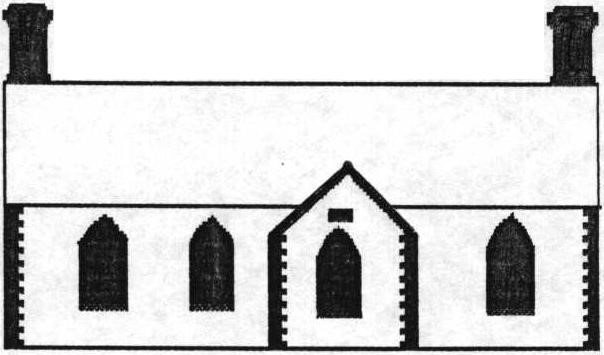Design and Technology - Key Stage 2
As our children progress through our Key Stage 2 Design and Technology topics, they will develop key skills that are directly relevant to STEM and will build on skills developed in Key Stage 1. These will be at different levels depending on the child’s age and ability and on the topic being studied.
We believe that Design and Technology is an inspiring, rigorous and practical subject. Using creativity and imagination, pupils design and make products that solve real and relevant problems within a variety of contexts, considering their own and others’ needs, wants and values. They acquire a broad range of subject knowledge and draw on disciplines such as mathematics, science, engineering, computing and art. Pupils learn how to take risks, becoming resourceful, innovative, enterprising and capable individuals. Through the evaluation of past and present design and technology, they develop a critical understanding of its impact on daily life and the wider world. High-quality design and technological education makes an essential contribution to the creativity, culture, wealth and well-being of the nation.
The key Design and Technology skills are as follows:
- To develop the creative, technical and practical expertise needed to perform everyday tasks confidently and to participate successfully in an increasingly technological world;
- To build and apply a repertoire of knowledge, understanding and skills in order to design and make high-quality prototypes and products for a wide range of users;
- To critique, evaluate and test their ideas and products and the work of others;
- To understand and apply the principles of nutrition and learn how to cook.
Key Vocabulary
There will be words and phrases that recur throughout the DT curriculum and it is important that the children know what they mean and how they can be used. These words and phrases include:
Creative, practical, designing and making, home, school, leisure, culture, enterprise, industry, the wider environment, design criteria, innovative, functional, appealing products, fit for purpose, model communicate, discussion, annotated sketches, cross-sectional and exploded diagrams, prototypes, pattern pieces and computer-aided design, tools and equipment, to perform practical cutting, shaping, joining and finishing, materials and components (including construction materials, textiles and ingredients), functional properties and aesthetic qualities, evaluate, investigate ,analyse, design criteria, strengthen, stiffen, reinforce, complex structures, mechanical systems, gears, pulleys, cams, levers and linkages, electrical systems [for example, series circuits incorporating switches, bulbs, buzzers and motors], computing program, monitor and control.
There will also be topic-specific vocabulary that will arise during each block of lessons.
DT in Key Stage 2 is organised in conjunction with Science and Computing and is taught with a STEM overview. For further details of each topic, see our Curriculum Maps.
Assessment
Each lesson ends with a set of questions aimed at assessing the children’s retained knowledge, retrieval of information and deeper understanding.
